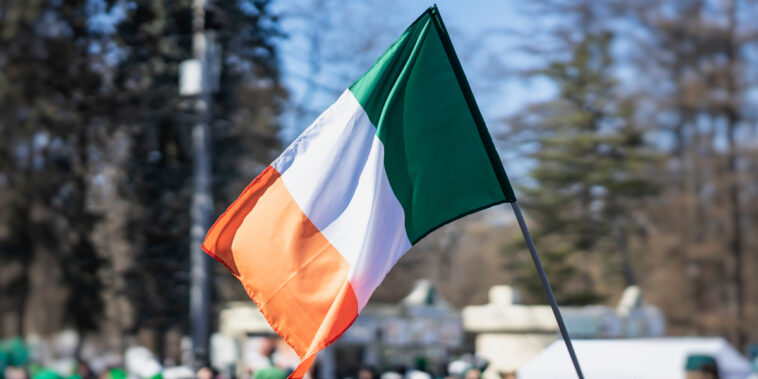“Kiss Me I’m Irish” buttons, smiling leprechauns and parades – these are the signs that St. Patrick’s Day is right around the corner. That must mean it’s time to pull out a big pot and boil up some traditional corned beef and cabbage to show the world you’re from the Old Sod.
Well, not exactly. It turns out that corned beef and cabbage isn’t traditional Irish fare at all. Its likely origins are the melting pot streets of 19th- and 20th-century New York, where Irish immigrants shopped for meat from Jewish butchers. After all, when you add a little garlic, corned beef becomes pastrami. If you want to serve up a real Irish meal to celebrate the holiday, think lamb stew or pork shoulder roast.
Here are five more facts that will separate the real leprechauns from the faux:
1. A few sips of Irish coffee, a mixture of hot coffee, smoky Irish whiskey and whipped cream, may have you yearning for peat bogs of Erin, but the beverage didn’t originate in the Emerald Isle. By the mid-19th century, baristas in Viennese, German and French coffee houses were adding a good glug of whiskey into their coffee-and-cream libations to the delight of their patrons.
2. No self-respecting Dubliner would be caught dead drinking green beer. Real Irish beer is dark, rich and resolutely free of additives that change its already delightful amber to a chocolate color. Green beer originated in New York City way back in 1914 or so. Although Prohibition intervened, this St. Patrick’s Day tradition has persisted in the United States. But if you want a real Irish brew, stick with a Murphy’s, Smithwick’s or Guinness.
3. Everybody thinks Irish Americans are descendants of immigrants who fled the potato famine in the 1840s, but that isn’t exactly right. It’s true that when the potato crop failed in Ireland, many people (at least those who could) left the country in search of a new life. Many of those folks immigrated to the United States, much to its benefit. Irish immigrants, however, had been coming to the New World before the American Revolution, often arriving in Canada first then making their way south. Some historians even argue that Irish St. Brendan discovered America in the sixth century.
4. On St. Patrick’s Day, you’ll be out looking for a four-leaf clover to ensure some luck of the Irish. It may be good luck to you, but you’re falling prey to yet another canard about the Irish. The national symbol of Ireland is indeed a stem of clover, but the Irish shamrock has three leaves, not four.
5. In addition, the phrase, “luck of the Irish” is worthy of myth busting on two accounts. First, it didn’t originate in Ireland, and it also doesn’t mean “good luck.” It’s more common to use this phrase when you’re commiserating with a friend who has suffered a setback.




Comments